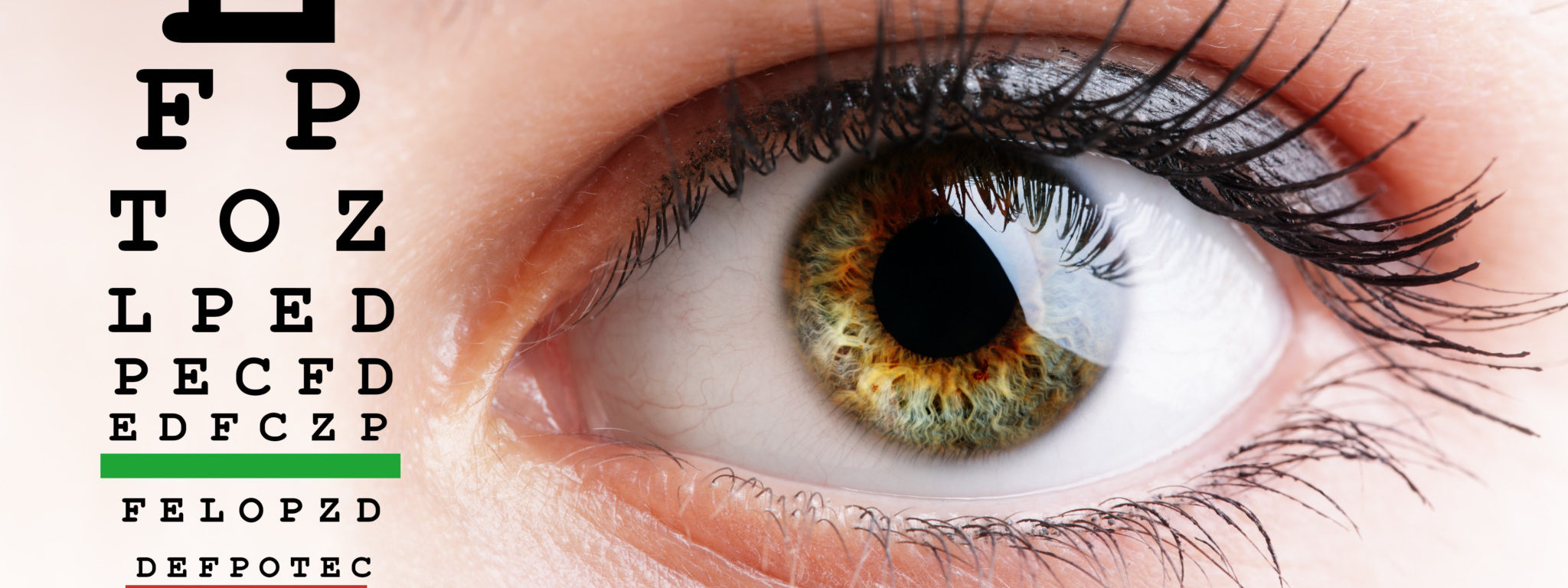Nutrition and lifestyle choices are very important to eye health.
Your eyes sit in an oxygen-rich environment and are exposed to wavelengths of light that can cause damage. There are cells inside your eyes that digest their weight in damaged structures every day!
But keeping your eyes shut all the time is not a good option.
So, do what you can to protect your eyes: shield them from exposure to harsh light, never smoke cigarettes (or quit if you do), and give your eyes the nutrition they need to do what they do naturally – defend against damage, and make repairs as needed.
Many nutrients have been shown to support eye health.
Large government-funded studies have evaluated the impact of combinations of nutrients on the health of the aging eye.
AREDS stands for Age Related Eye Disease Study. The 2 indicates that this was the second major study, testing a variation of the original intervention.
The current standard nutritional eye health formula originating with the AREDS research group is also called AREDS-2. This regimen delivers the following nutrients daily:
Why was this combination of nutrients tested?
- Lutein and Zeaxanthin: These are two carotenoids that the retina actively accumulates and they absorb damaging wavelengths of light; think of them like microscopic sunglasses.
- Vitamins C and E: These antioxidant vitamins can help protect the eye from damaging oxidative stress.
- Zinc: The eye also accumulates zinc, particularly in a layer called the retinal pigment epithelium. Zinc is important to the activity of certain enzymes working in this part of the eye.
- Copper: Only added to prevent a copper deficiency that might be caused by the supplemental zinc partially blocking copper absorption. While deficiency is undesirable, too much copper (or iron) is likely not good for eye health.
AREDS-2 also tested the benefit of omega-3 fatty acids on eye health, by supplementing with 350 mg DHA & 650 mg EPA daily. The study found no incremental benefit of omega-3 in the test population.
The only other large randomized prospective trial of fish oil on Age-Related Macular Degeneration (AMD), the NAT-2 study in France 1 took the additional step of measuring omega-3 status in both the control and treatment group, as a way to unmask the effects of dietary fish oil intake, fish oil supplement use by the control group, or failure to take the fish oil supplements by people in the intervention group.
A secondary analysis that took omega-3 status into consideration showed better omega-3 status had a marked impact on risk of AMD.2
Other research has shown that eyes from AMD donors have low omega-3 content3 and that AMD patients have poor omega-3 status relative to healthy controls.4
Based on the totality of evidence, Dr. Hong Wang and I concluded in a published review article that about a gram a day of EPA + DHA was a reasonable target for fish oil omega-3 intake for eye health, based on the ability of this daily serving size to improve the Omega-3 Index.5 This happens to be the same intake of EPA + DHA recommended by the American Heart Association for secondary prevention of heart disease.6
The AREDS clinical trials used nutritional supplements to provide the eye healthy nutrients, but a good diet is another route. For example, lutein and zeaxanthin are found in a variety of vegetables and fruits, so closing any gap in your intake of these nutrients is not difficult if you achieve your five-a-day fruit and vegetable minimum recommendation.
Some good sources of lutein and zeaxanthin are spinach, kale, yellow and orange peppers, mango, peach, honeydew melon, corn, broccoli, oranges, grapes, and goji berries. Orange juice is a good source, and egg yolk also provides these carotenoids.
Bruce Daggy, PhD, FACN
Updated 04 August 2017
References:
- H. Souied, C. Delcourt, G. Querques, A. Bassols, B. Merle, A. Zourdani, T. Smith, P. Benlian, A. M. D. T. S. G. Nutritional. Oral docosahexaenoic acid in the prevention of exudative age-related macular degeneration: the Nutritional AMD Treatment 2 study. Ophthalmology 2013;120:1619-1631.
- M. Merle, P. Benlian, N. Puche, A. Bassols, C. Delcourt, E. H. Souied, A. M. D. T. S. G. Nutritional. Circulating omega-3 Fatty acids and neovascular age-related macular degeneration. Investigative ophthalmology & visual science 2014;55:2010-2019.
- Gorusupudi, A. Liu, G. S. Hageman, P. S. Bernstein. Associations of human retinal very long-chain polyunsaturated fatty acids with dietary lipid biomarkers. Journal of Lipid Research 2016;57:499-508.
- Orban, W. M. Johnson, Z. Dong, T. Maeda, A. Maeda, T. Sakai, H. Tsuneoka, J. J. Mieyal, K. Palczewski. Serum levels of lipid metabolites in age-related macular degeneration. FASEB journal: official publication of the Federation of American Societies for Experimental Biology 2015;29:4579-4588.
- Wang H. and B.P. Daggy. The role of fish oil in inflammatory eye diseases. Biomed Hub 2017;2:455818 (DOI: 10.1159/000455818).
- M. Kris-Etherton, W. S. Harris, L. J. Appel, C. American Heart Association. Nutrition. Fish consumption, fish oil, omega-3 fatty acids, and cardiovascular disease. Circulation 2002;106:2747-2757.

